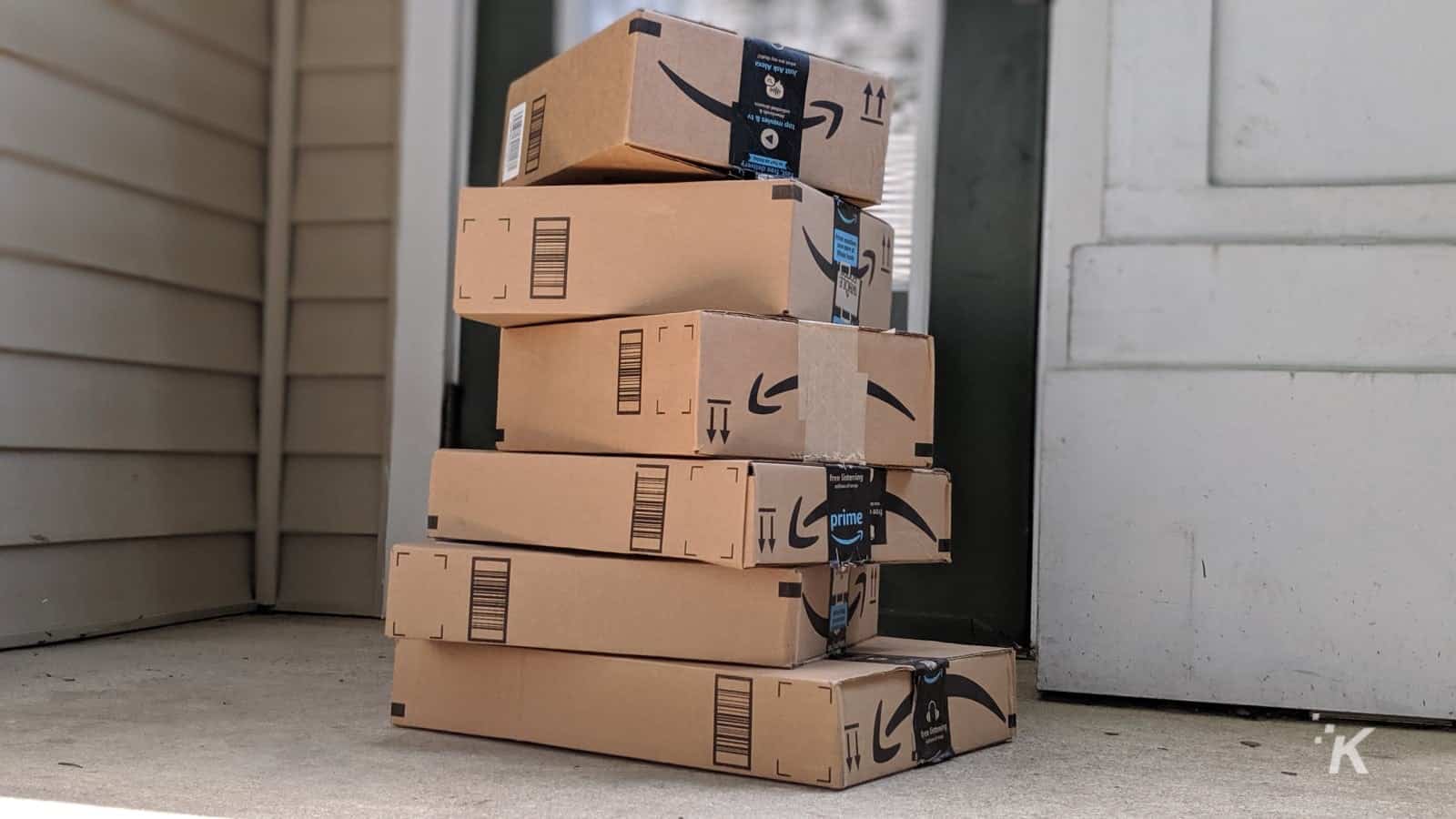Amazon
Amazon, Walmart, and more are letting people keep some of the items they returned
It all comes down to reverse logistics.

Just a heads up, if you buy something through our links, we may get a small share of the sale. It’s one of the ways we keep the lights on here. Click here for more.
The coronavirus pandemic largely contributed to the exponential growth of the ecommerce industry. Large retail companies whose ecommerce operations were already in place before the pandemic are the ones that harvested the highest profits, with Amazon leading the pack. Other big ecommerce players such as Walmart and Target also experienced a spike in profits from their online operations.
However, it turns out that the growth of their online operations didn’t go as smoothly as everyone thought. According to a report from CBRE and Optoro, one of the biggest challenges for major retail companies that sell online, and anyone else in the industry, is online returns.
CBRE’s report was focused on the returns of online purchases during this holiday season. Based on their data and applying the usual percentage for online returns that ranges between fifteen to thirty percent, returns cost the companies around $70.5 billion. That’s based on a forecast suggesting that online sales during the 2020 holiday season were somewhere in the range of $234.9 billion.
For comparison, the return rate for goods purchased in brick & mortar stores is around eight percent. Plus, when it comes to returns in brick & mortar stores, the customer returns the goods and typically gets them replaced on the spot. Furthermore, there are no return shipping fees like in ecommerce.
Receiving, processing, and reassigning returned products is known as reverse logistics
Some of the significant ecommerce retailers are trying out a new approach to lower their reverse logistics losses. Companies such as Walmart and Amazon are using AI to decide whether they should process a certain return or not. If the AI doesn’t think it makes any economic sense to return the product, they tell their customer to keep that product or donate it. This is more common for inexpensive goods or massive ones with hefty shipping fees attached to them.
A spokeswoman for Walmart said that the decision to keep a returned product is based on the cost of reverse logistics, the value of the product, and the customer’s purchase history. Target reported a similar approach. The spokesperson for Target reported that in a limited number of cases, the customer is allowed to keep or donate the product, and they get a full refund. For example, when the company believes that keeping the product is easier than returning it.
On the other hand, Amazon hasn’t provided any straight answer about its exact policy concerning reverse logistics and how customers get to keep their products.
What do you think? Does this process make sense or will it be abused? Let us know down below in the comments or carry the discussion over to our Twitter or Facebook.
Editors’ Recommendations:
- In desperation, Parler is suing Amazon after it booted them from AWS
- The PC market surged with people being stuck indoors
- Twitter and Amazon are finally doing something about QAnon
- Walmart says it will be making self-driving deliveries in 2021
































